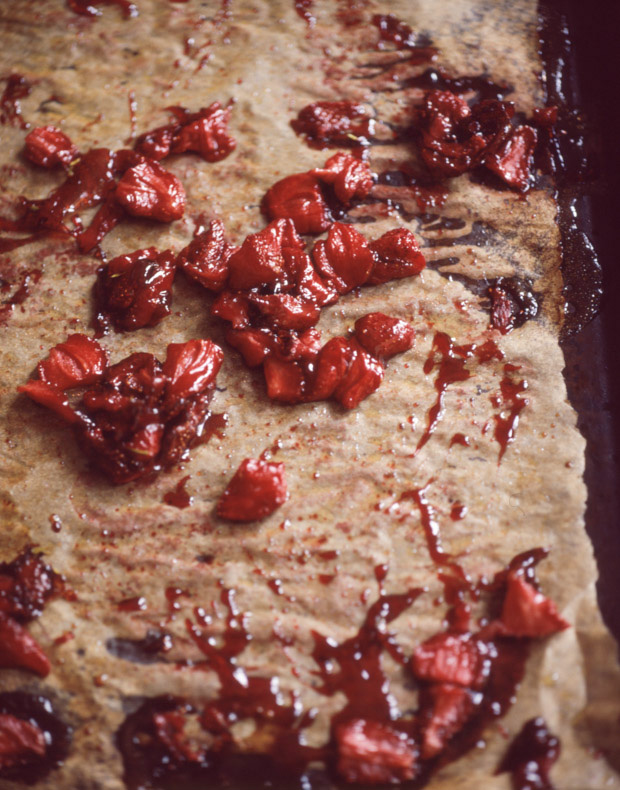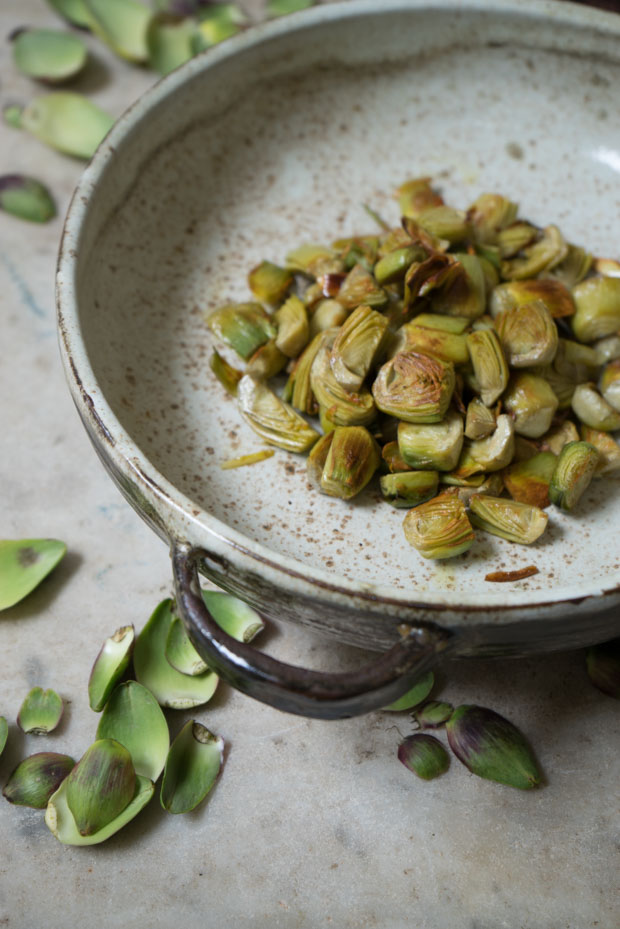
This is a primer on how to cook artichokes – if you’re going to invest the time into cooking artichokes, you want them to be fantastic. Spring is the time I tend to cook them once or twice a week. And, although the process takes time and attention, I can’t help myself. When artichokes are good, there are few things I’d rather be eating.

Straight up, I think a lot of people are intimidated by the idea of cooking artichokes, or they think it’s not worth the effort. My friends confirm this. The topic has come up a few times lately, and the conversations are typically punctuated by a confession that they never cook artichokes at home.
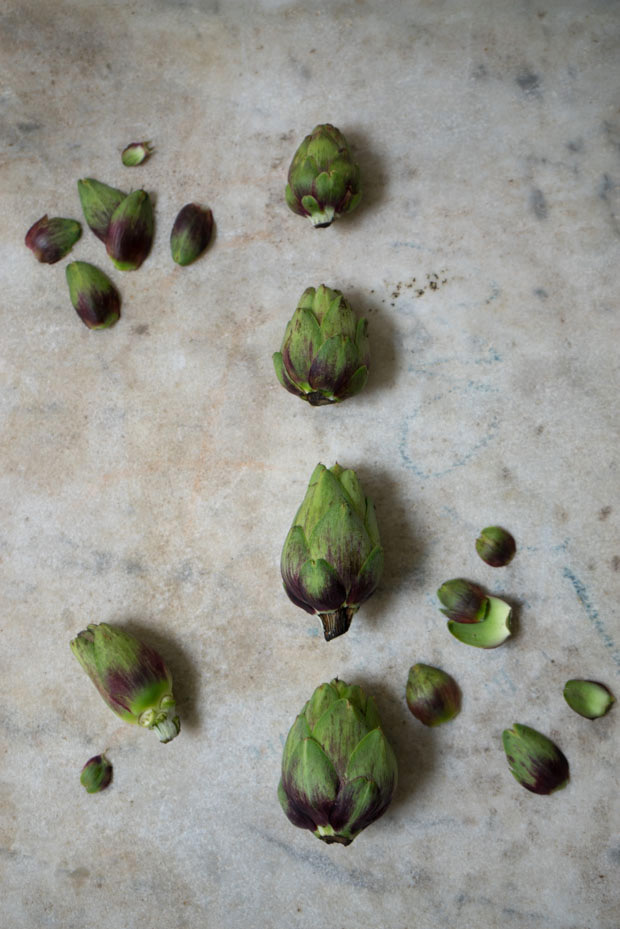
So(!) I thought I’d do a quick outline of how I handle these armored spring ambassadors. Eight times out of ten I use the cooking method I’m going to outlined in the recipe sectin below. It requires nothing more than good (baby) artichokes, olive oil or clarified butter, and sea salt. If you can pair those ingredients, with a bit of practice, a hint of patience, and a window of time, you can absolutely cook some of the best artichokes. Not kidding. Once you hit your groove with these wondrous thistles, few of you will look back.
A Case for Cooking Artichokes
Nutritionists celebrate artichokes for a long list of reasons. They’re packed with fiber, antioxidants, and phytonutrients, and have long been known to support the liver. They don’t get as much of the limelight as other ingredients – for example pomegranate, turmeric, acai, etc. – but they bring quite a lot to the table. It’s worth incorporating them into your meals, particularly when they’re in season.
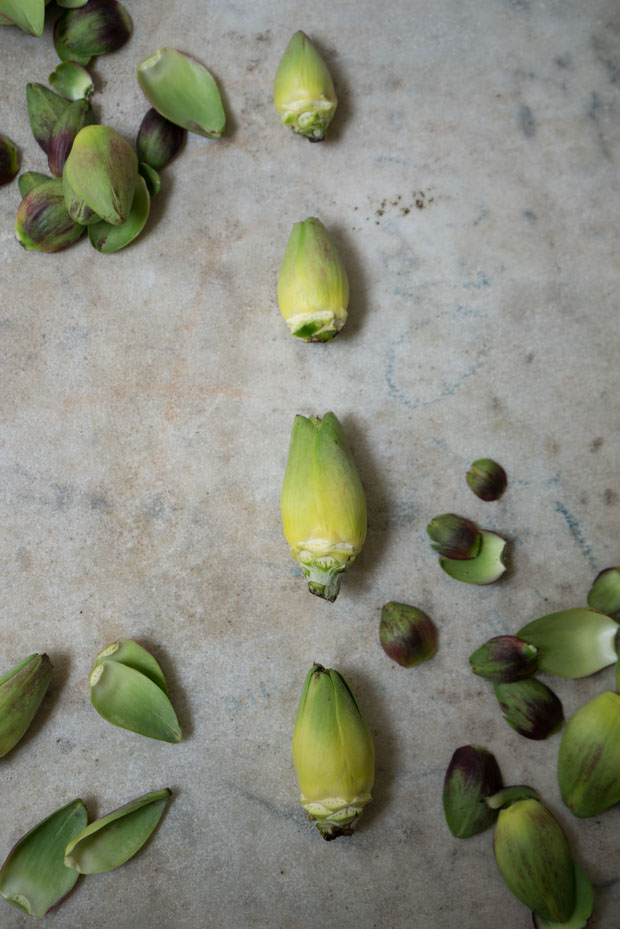
A Worthwhile Shortcut
Update: I recently discovered frozen bags of artichokes at a local Trader Joes, and started experimenting to see if using them would be a worthwhile substitute to using fresh artichokes. At the very least, this could be a way to extend artichoke season. I don’t love canned or jarred artichokes, and it turns out, the frozen option is pretty great. You can cook them in a covered skillet in a bit of olive oil, straight from the freezer, until they’re cooked through, and then remove the cover and dial up the heat to get some nice, golden color on them. Season and serve. So good!
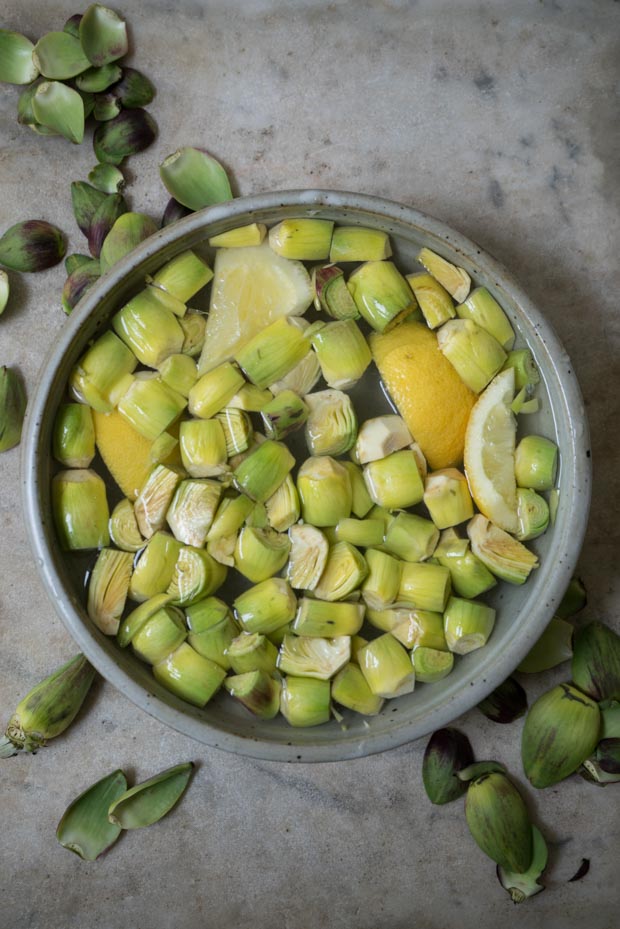
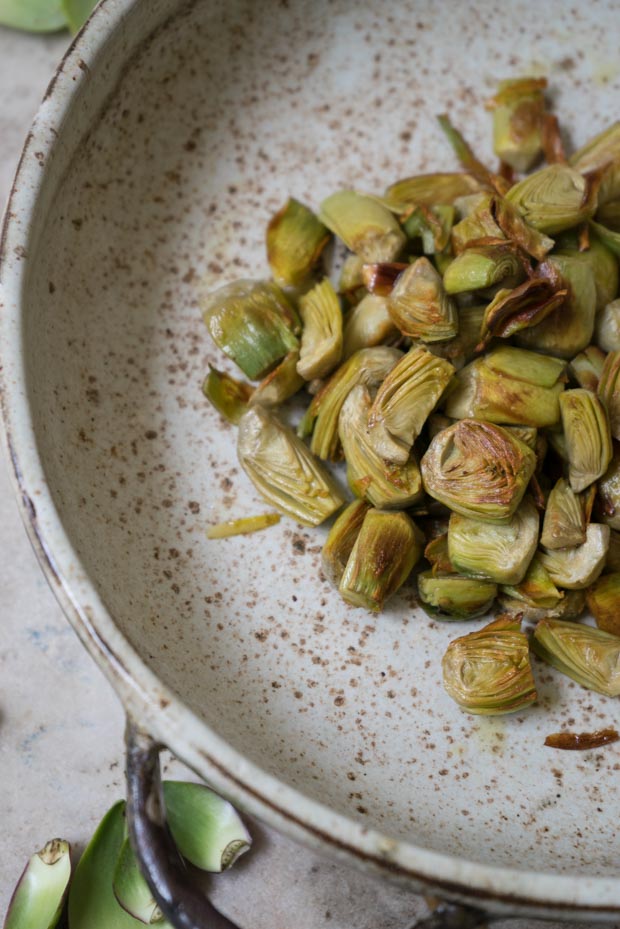
Continue reading A Few Words on How to Cook Artichokes on 101 Cookbooks

101 Cookbooks https://ift.tt/2G1VwEj
